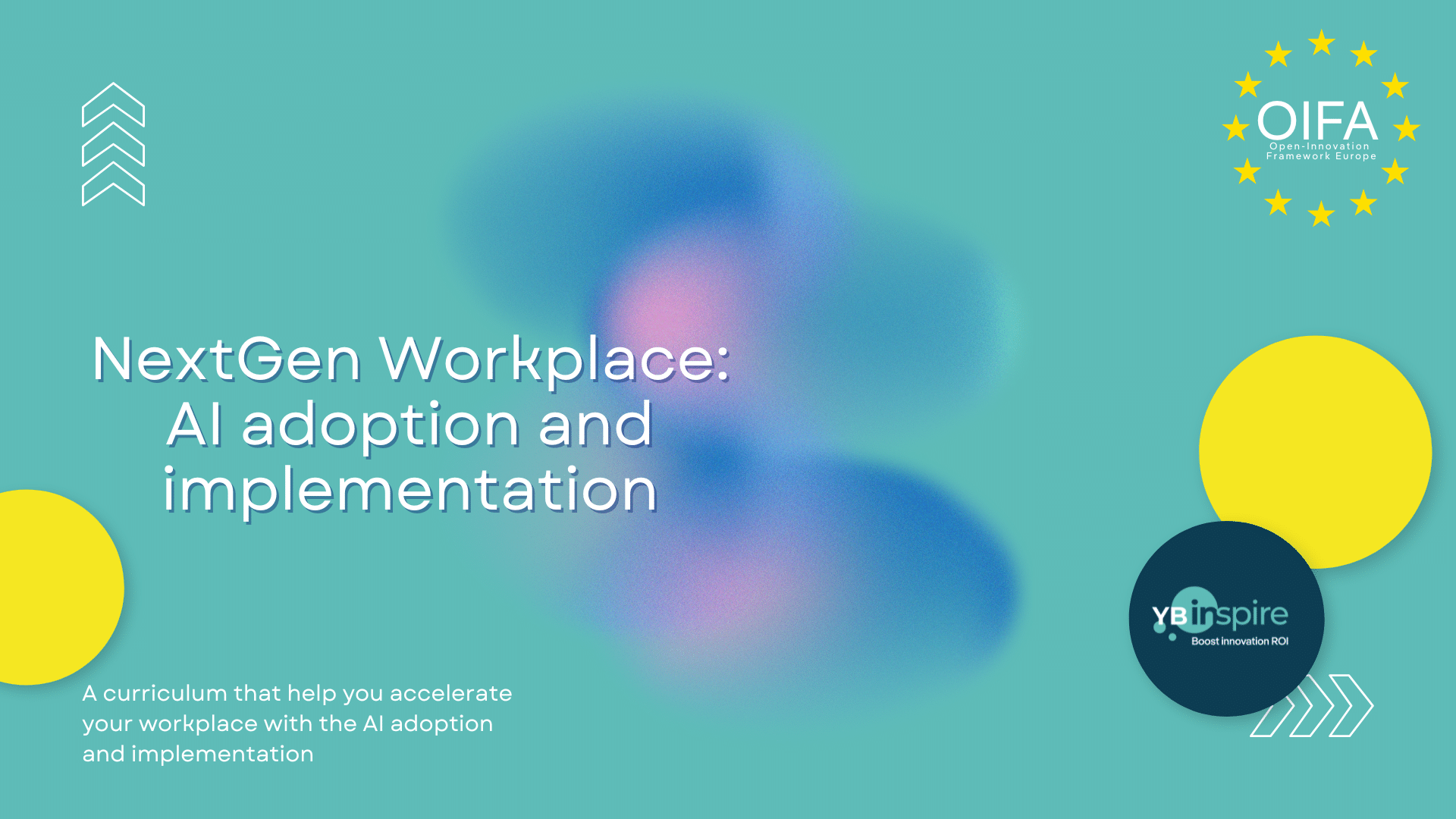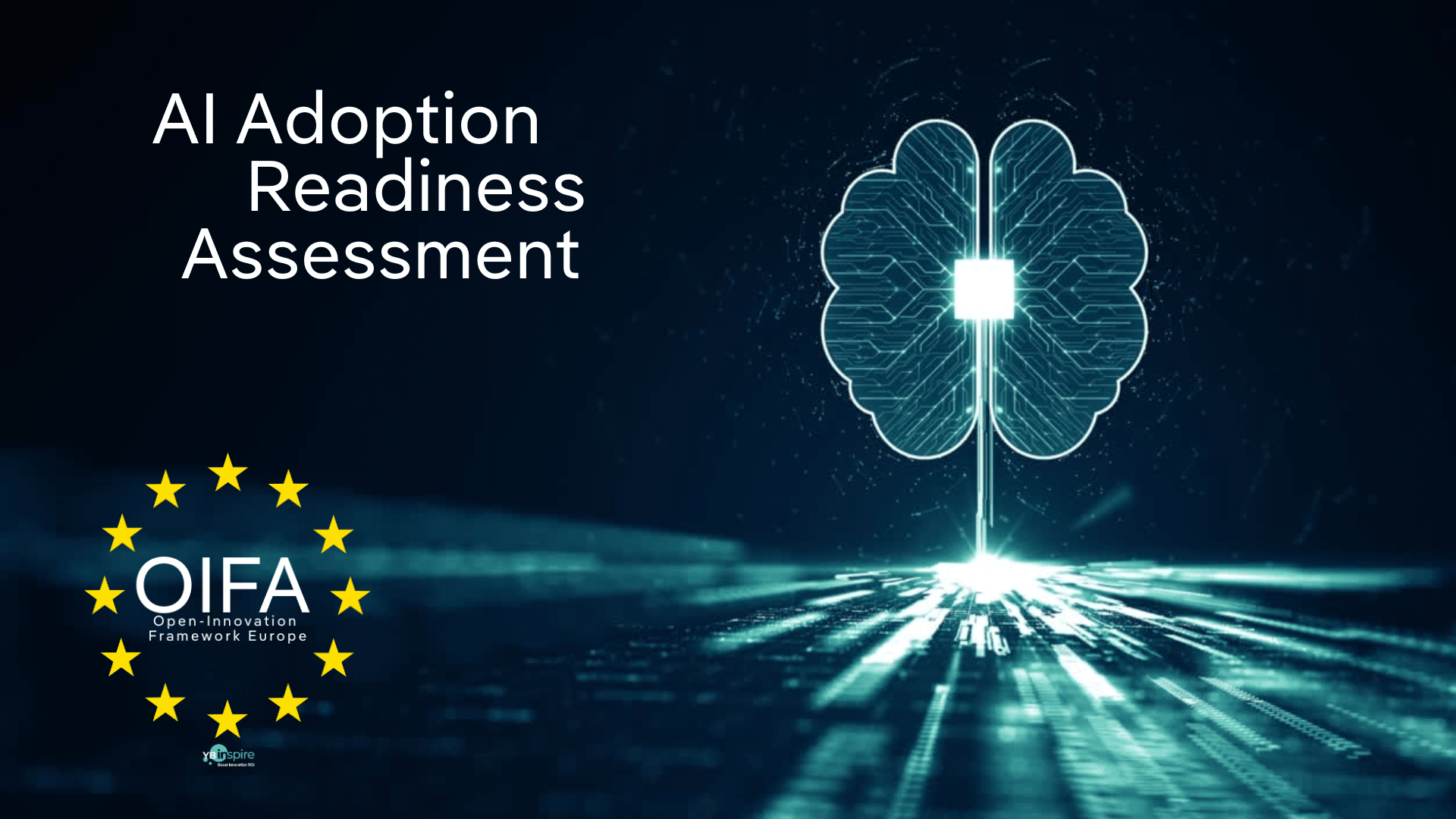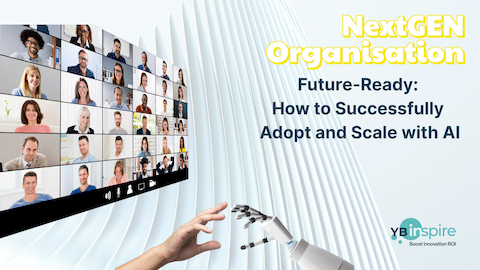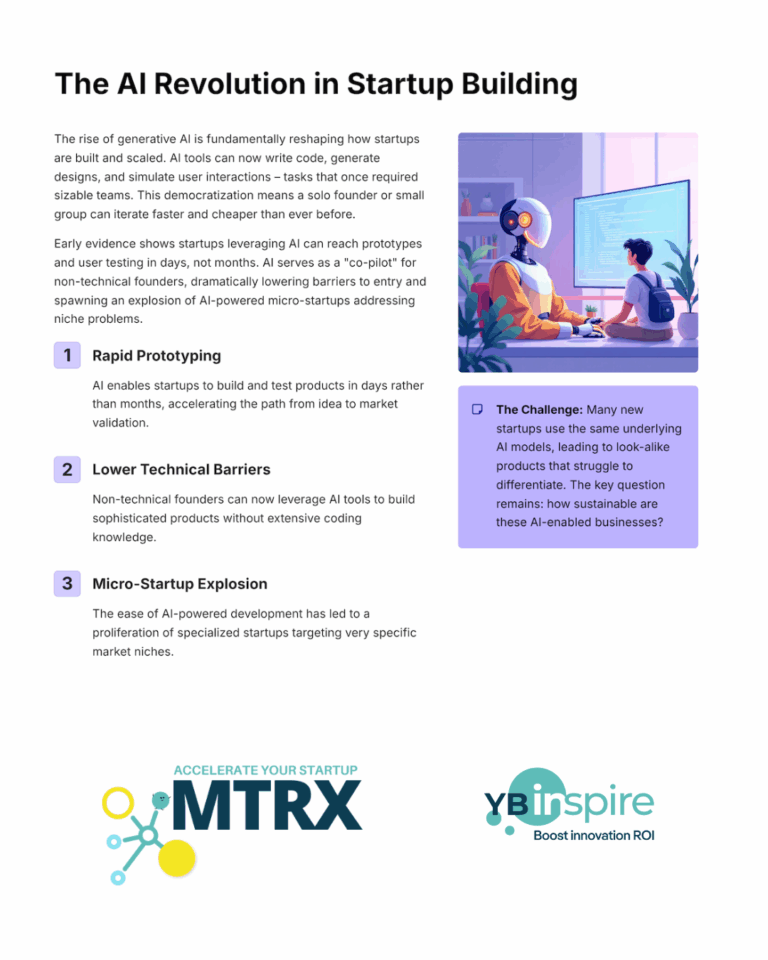This article presents an overview of the state of artificial intelligence (AI) adoption in the European Union (EU) as of 2025. It examines the current levels of AI implementation across various sectors, the factors influencing these trends, and highlights key players driving AI innovation in Europe.
Overview of AI Adoption in Europe
Current State of AI Technologies in the EU
In 2025, AI adoption in Europe is expanding; however, it is not consistent across the entire business landscape. Although the news portrays an AI boom, the reality is that a significant portion of European companies are still in the early stages of AI use and are yet to integrate artificial intelligence into their core operations. While some companies are deploying state-of-the-art AI systems, many others are stopping at basic AI implementations. The European Union statistics show that only 13.5% of enterprises adopted at least one AI technology by 2024.
Factors Influencing AI Adoption Rates
Several factors impact the AI adoption rates across European businesses. Eurostat indicates that the complexity and costs associated with AI present significant barriers, particularly for smaller players, while larger companies have more resources to invest in AI and reap economies of scale. Many firms are not convinced artificial intelligence applies to their business or lack compelling AI use cases. A shortage of AI skills is a widespread concern and companies hesitate due to high implementation costs. This results in an AI adoption divide, where European AI leaders progress rapidly, while others hesitate, awaiting clearer value propositions before they adopt AI.
Key Players in the European AI Landscape
The leading AI adopters distinguish themselves by treating AI as strategic – investing heavily, restructuring processes, and fostering talent to stay at the cutting edge. By implementing a clear AI strategy, these organizations are positioning themselves to fully leverage the potential of AI across their operations, ensuring they remain competitive in the evolving technological landscape.
Trends in AI Use and Strategy
Emerging AI Technologies in 2025
Looking ahead to 2025, the most advanced European Union companies are eagerly exploring sophisticated artificial intelligence technologies, notably generative AI and autonomous systems. For example, some leading European firms have successfully implemented large-scale generative AI applications for various purposes, including content creation, customer service chatbots, and coding assistance. They are also venturing into the next frontier with “AI agents,” sophisticated artificial intelligence systems designed to operate with a high degree of autonomy. A recent global survey indicates that approximately two-thirds of companies are currently investigating the potential use of AI agents within their operations, suggesting that 2025 may mark a significant turning point as more autonomous, AI-driven processes become mainstream.
Adoption Trends Across Various Sectors
Many firms are content with incremental changes. They use AI in a limited, piecemeal fashion, focusing on automating specific tasks or enhancing efficiency on a small scale. They adopt AI to make small improvements to their existing practices. They don’t make enterprise-wide changes. They do not invest in AI as a transformative force. This selective adoption stands in contrast to the more comprehensive and strategic artificial intelligence deployments seen among leading AI adopters who fully leverage AI and see the potential of AI.
The Role of Government in AI Strategy
Small and medium-sized enterprises often cite regulatory concerns, alongside cost and talent gaps, as significant obstacles to AI adoption. Concerns about compliance, particularly with the European Union’s emerging AI Act, and data privacy and security when using AI, make some firms cautious. These concerns are being actively addressed by the European Commission to foster trust and confidence in European AI technologies. To encourage the adoption of AI, AI governance must be implemented, assuring secure AI.
Gen AI and Machine Learning Applications
How Generative AI is Transforming Industries
The implementation of generative AI has transformed many industries, with leading European Union companies deploying large-scale generative AI applications for various purposes. These include content creation, development of sophisticated customer service chatbots, and providing coding assistance. The rapid integration of these Gen AI tools and the successful implementation of generative AI models are transforming how businesses operate. They leverage AI to make operations more efficient.
Machine Learning Techniques Gaining Traction
High-performing companies demonstrate their success by focusing on critical areas like advanced analytics in supply chain management, intelligent automation in manufacturing processes, or the application of generative AI in product design. These companies leverage AI to its full potential. By focusing on these key areas, they can achieve scale and cohesion in their artificial intelligence efforts. In February 2025, survey respondents reported that AI investments were paying off, making businesses more profitable.
Real-World Applications of AI Agents
Challenges and Opportunities in AI Adoption
Barriers to Effective AI Implementation
According to the latest European Union statistics, only about 13.5% of enterprises (with 10+ employees) had adopted at least one artificial intelligence technology by 2024. Non-AI adoption is especially pronounced among small and mid-size enterprises (SMEs). Less than 12% of small EU firms use artificial intelligence, compared to over 40% of larger companies. The complexities and costs involved in AI adoption create barriers for smaller players, who often lack the necessary AI skills and resources. Many firms are not convinced artificial intelligence applies to their business or lack compelling AI use cases, a key factor hindering their AI adoption. High implementation costs and uncertain ROI make companies wary of investing in AI.
Potential Solutions to Overcome Adoption Challenges
To overcome AI adoption challenges, it is important to address factors that hinder companies from implementing artificial intelligence successfully. Efforts to address the barriers – such as upskilling the workforce, lowering costs via cloud AI services, and clarifying use cases for various industries – will be key to bringing more companies on board. This includes initiatives to enhance AI skills across the European Union workforce, develop scalable and cost-effective AI solutions, and clearly demonstrate the tangible value from gen AI through targeted support and education. Larger companies should also help with the integration of new AI.
Future Opportunities for AI in Europe
Looking ahead, there are significant opportunities to broaden and deepen AI adoption across Europe. As artificial intelligence technologies mature and competitive pressure increases, more of the currently cautious firms may move from basic implementations toward more comprehensive AI integration. Going forward, these trends suggest that Europe has significant room to broaden and deepen AI adoption. As the technology matures and competitive pressure increases, we may see more of the currently cautious firms move from basic implementations toward more comprehensive artificial intelligence integration. Leveraging AI can boost the European Union economy.
Conclusion: The Future of AI in the EU
Predictions for AI Adoption by 2025
By 2025, as artificial intelligence technologies mature and competitive pressure increases, we may see more of the currently cautious firms move from basic implementations toward more comprehensive AI integration. This will involve strategic investments in AI skills, the deployment of robust AI governance frameworks, and the development of tailored AI solutions. In the meantime, 2025’s landscape is one where AI’s presence in European business is growing but not ubiquitous, with a clear divide between the European AI leaders and the late or light adopters. Investing in AI is vital for continued growth.
The Long-Term Impact of AI on European Economy
The long-term impact of artificial intelligence on the European Union economy is expected to be substantial, with AI driving innovation, improving productivity, and creating new opportunities across various sectors. However, the pace at which that gap closes will shape Europe’s digital competitiveness in the years ahead. The successful integration of AI requires strategic planning, investment in AI skills, and a commitment to addressing challenges related to data privacy, security, and ethical considerations. The potential of AI hinges on strategic and responsible use.
Final Thoughts on the State of AI in Europe
Artificial intelligence adoption in Europe in 2025 is a story of contrasts. On one hand, there is clear momentum – more businesses are trying out artificial intelligence each year (the share of European Union enterprises using artificial intelligence jumped about 5.5 percentage points from 2023 to 2024), and those who have adopted report positive impacts like increased productivity and revenue in many cases. On the other hand, a majority of companies remain non-adopters, and even among adopters, true AI-driven transformation is confined to a relatively small elite group.











